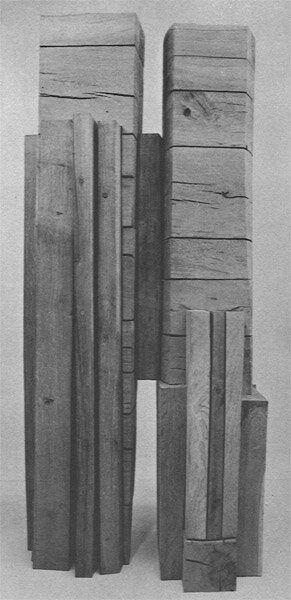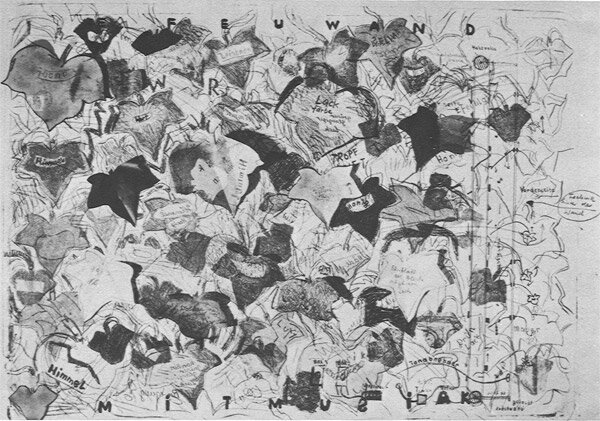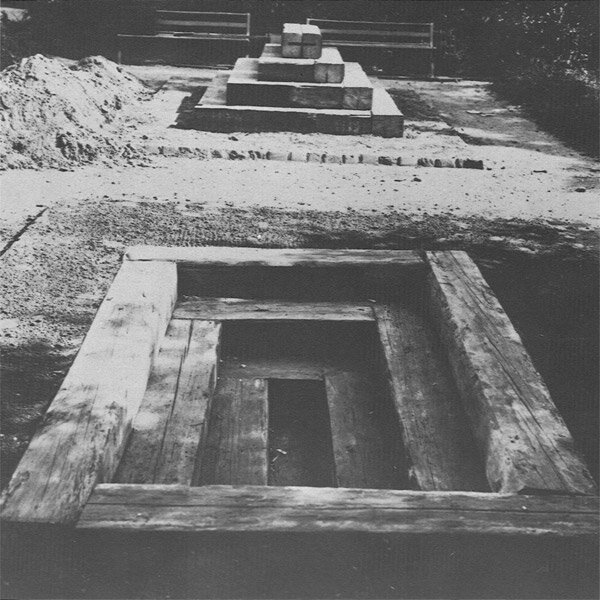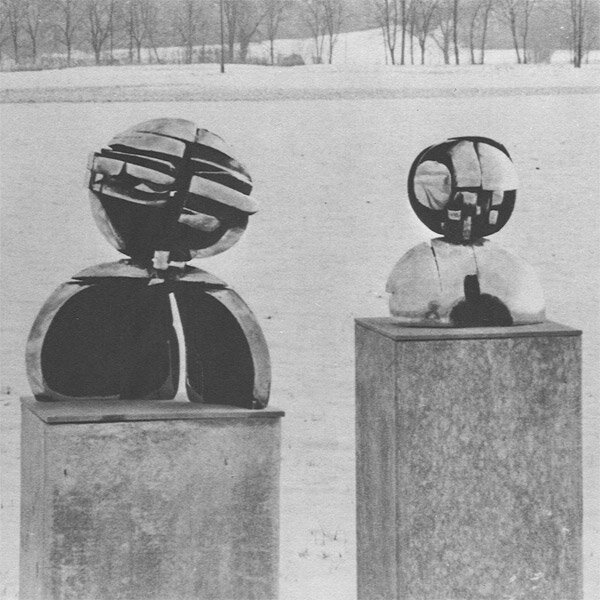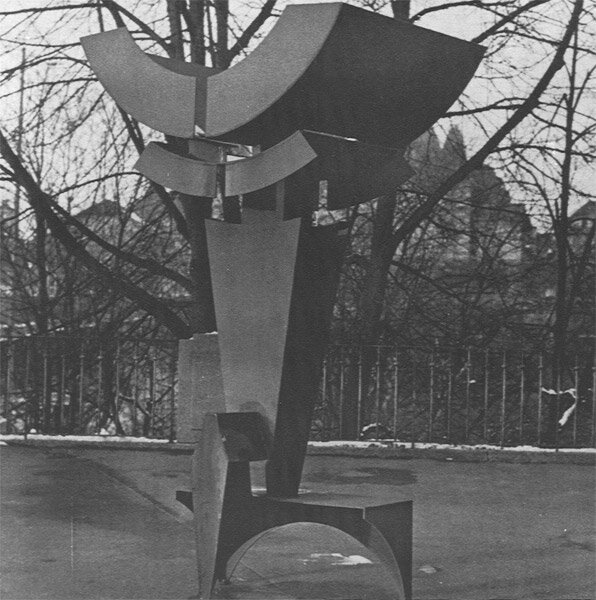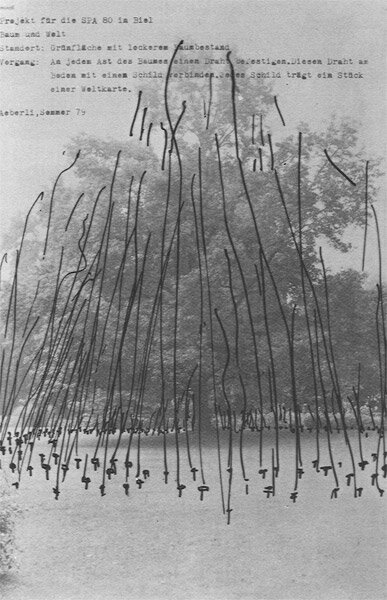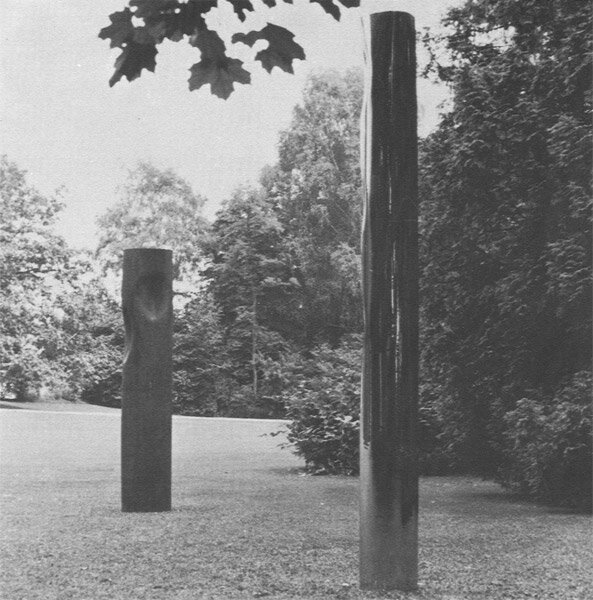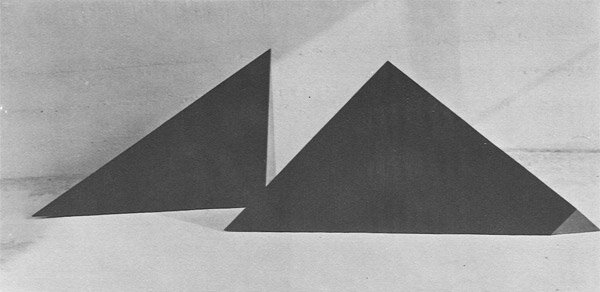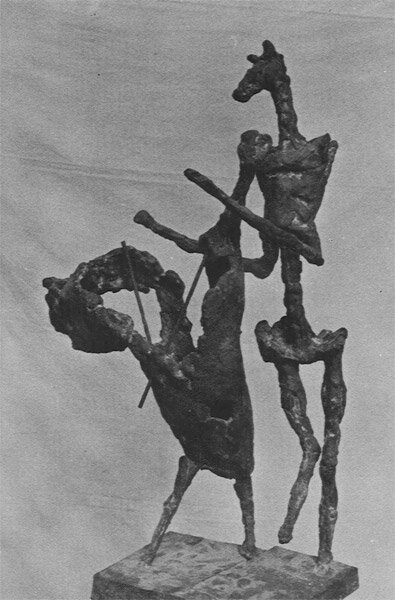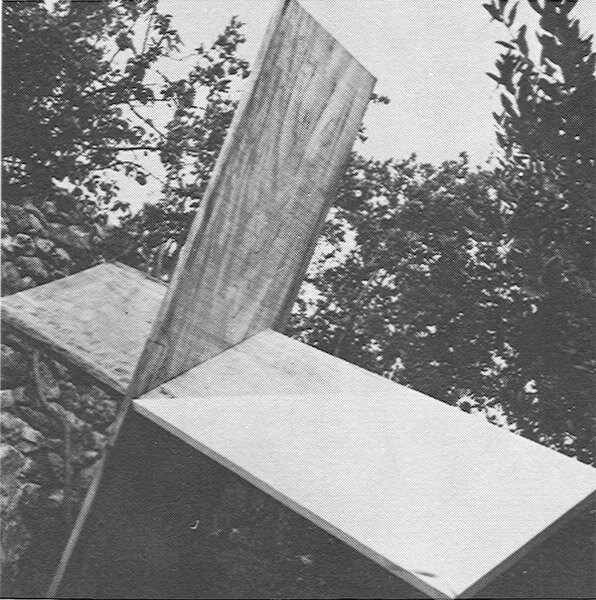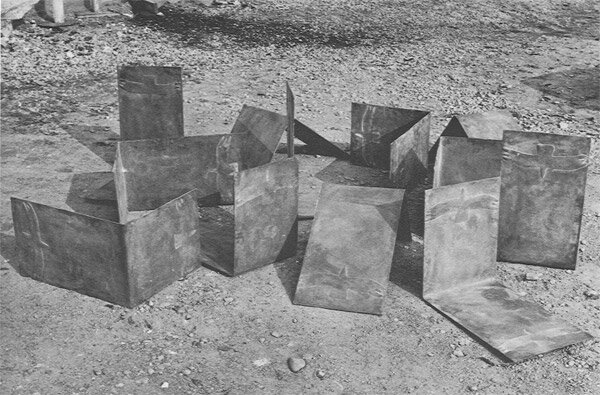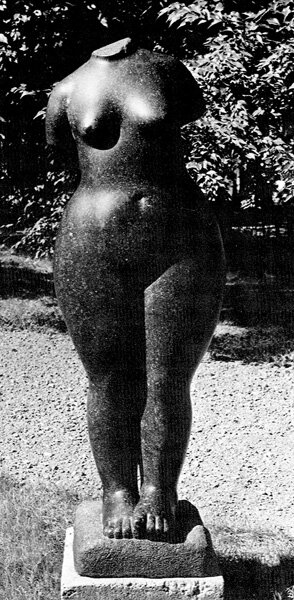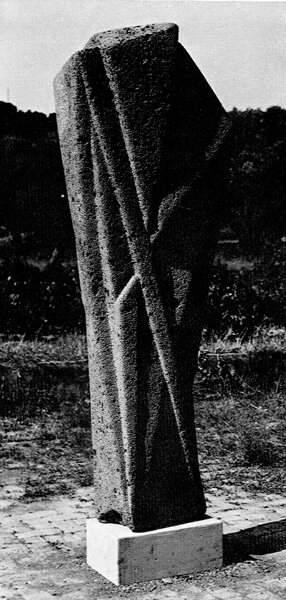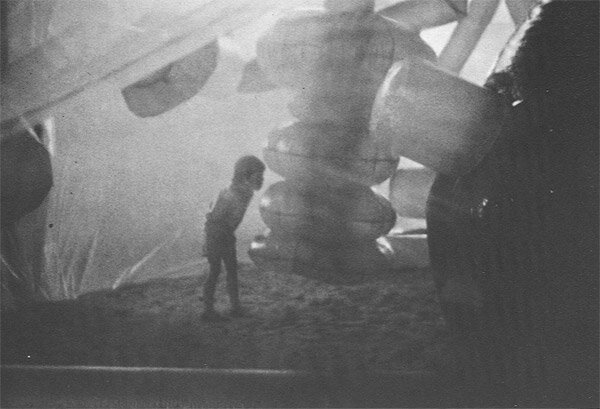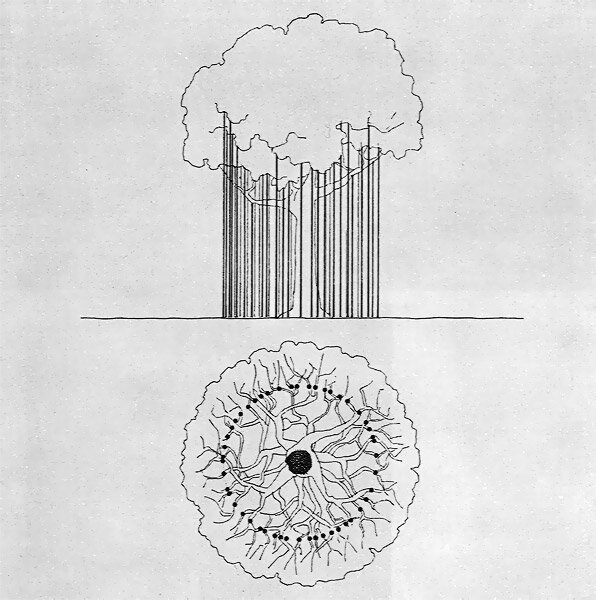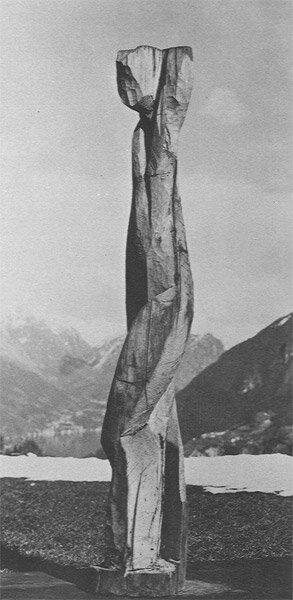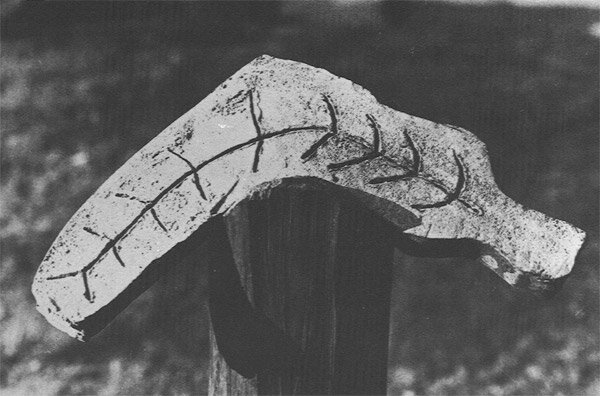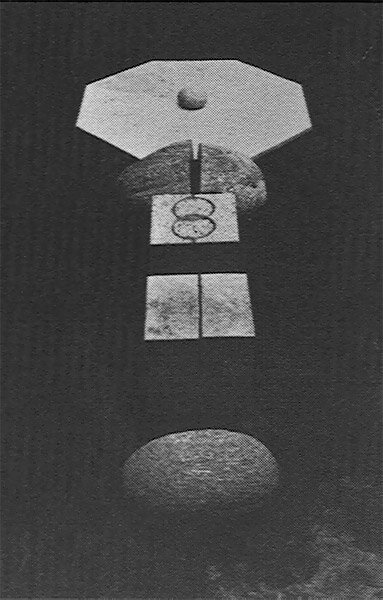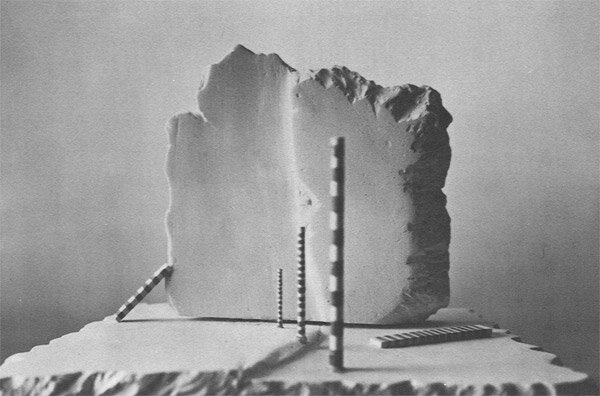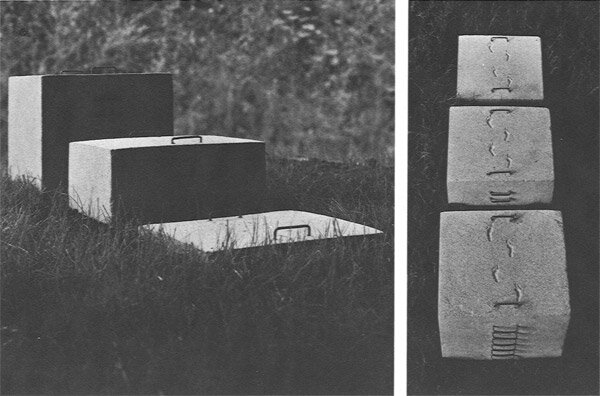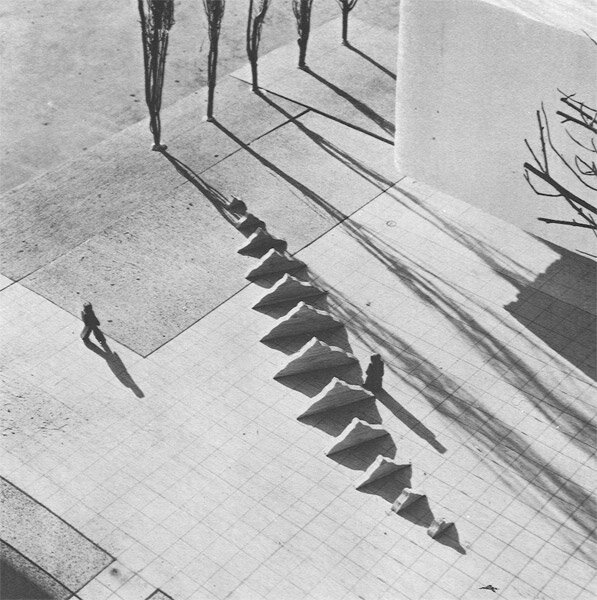7th Swiss Sculpture Exhibition Biel
Rudolf Hadorn
On the Exhibition by the Kunstverein Biel (Biel Art Association)
Drawings. Sketches. Prints
The Biel Art Association invited sculptors who passed the Sculpture Exhibition jury's selection process to participate in a special exhibition presenting their drawings, sketches and prints, for which each one of them has been granted an area of 1.2 x 1.2m. After viewing the submitted works, a few artists, whose works seemed to be of particular interest, were given a somewhat larger space, also in order to create certain focal points to the exhibition. However, no works have been rejected that complied with our spatial requirements.
Art lovers have always been fascinated by drawings and prints by sculptors. Preliminary designs and sketches allow us to follow the genesis of a sculpture, and help us understand it more easily and in greater detail; visual representations of a sculpture evoke memories and enable us to see a piece from a different angle. On closer inspection, however, the relationship between a sculpture and its two-dimensional counterpart, be that a representational drawing or a print, is a great deal more complex. Our exhibition intends to reflect some of this complexity, which cannot be discussed here in any systematic detail, so that some hints will have to suffice.
Drawing is a much swifter process than creating a "graven image", which is why it is the medium of choice for rapid sketches and preliminary jottings-down. It only takes a short time to draw many attempts and experiments, and can therefore represent an idea in a more comprehensive manner and from various angles. However, the two-dimensional craft is not always the easier. Woodcuts by Robert Müller, for example, or copper engravings by Bernhard Luginbühl bear witness to the resistance of the same material that the sculptor uses. It is a resistance that must be subjugated to the artistic sense of shape; working with a block and burin is a different kind of "sculpture". On the other hand, the soft drawing pencil allows for an element of poetry whose immediacy would be difficult to emulate by sculptors working with metal such (Oskar Wiggli, Michel Engel).
The comparison of sculptural and graphic arts is of particular interest if the two genres are mutually dependent. One of the most interesting examples must be Bernhard Luginbühl, whose sculptural and graphic arts have achieved completely autonomous, independent status while yet being mutually related in the most exciting manner. A Luginbühl drawing may well be a conceptual "spin-off" of one of his sculptures, but may resurface in a later three-dimensional work. Conversely, formal sculptural ideas may expand into something much freer and more audacious, and hence entirely new. His sculptures and prints in the "Tischlein-deck-dich" (Table, Set Yourself) series are particularly good examples of this interrelationship.
Franz Eggenschwiler's oeuvre represents a different type of interrelationship between sculpture and graphic art. The visual contents of his woodcuts are often completely different from those of his objects and sculptures. Nonetheless, they are connected by a common idea that is but inadequately described by the phrase "poetic alienation of the everyday". Moreover, both genres are characterised by the same craftsmanlike attention and dedication to the material.
A contrary process that would merit similar interest can only be hinted at in our exhibition: drawings and paintings whose internal development calls for a three-dimensional treatment; sculptures that literally emerge from the sheet. Spescha's work would be a good example here. It is a development that could be documented in the opposite direction, in Wilfried Moser's work, for example, who was a painter for many years before creating large-scale sculptures to successfully develop his spatial experience, but has now returned to the painted image (rocky landscapes) into which he transfers his three-dimensional experience. From here, the arc vaults across to Wolfgang Häckel's "three-dimensional drawings", which scarcely require the sculptural treatment because their irony is probably best expressed in drawings.
Our exhibition intends to stimulate discoveries, comparisons, reflections – in Biel, the hometown of Swiss Sculpture, perhaps also on whether it might not make excellent sense for a future Municipal Museum in the context of Biel's Neuhaus Foundation to specialise in sculptors' drawings and sketches.
Rudolf Hadorn
© Translation from German, August 2008: Margret Powell-Joss



